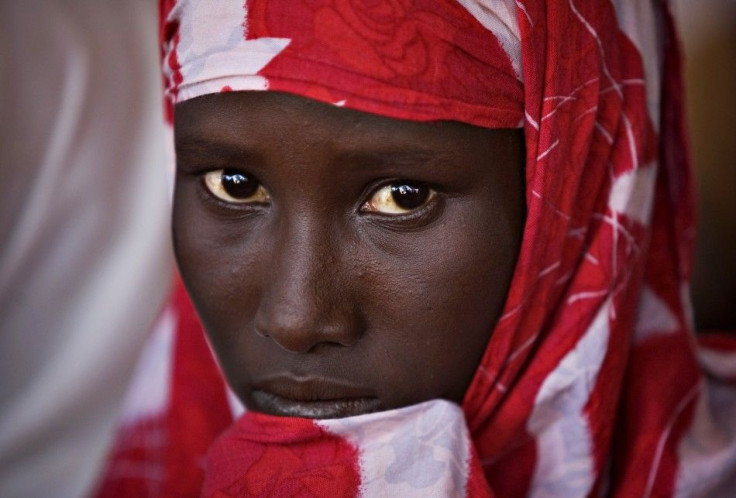Victims of Anarchy: Somalia's Refugees in Africa

A riot in the Dadaab refugee camp in Kenya resulted in the death of two people Thursday, revealing a growing issue that undermines the safety and effectiveness of such compounds.
The Dadaab complex, which is run by the United Nations, is massively over-populated. The camp was designed to hold 90,000 people, but is currently home to some 370,000, a large majority of them Somalis fleeing from their neighboring homeland.
Referring to the riot, the UN Refugee Agency stated that this incident is symptomatic of the pressures at the camp amid overcrowding compounded by the very high number of arrivals we have been seeing recently from Somalia.
Tthe confrontation was sparked when inhabitants of the camp attacked officials who were trying to demolish illegally constructed buildings and homes. Police fired tear gas and live ammunition at the refugees, killing two and injuring at least a dozen.
The United Nations is attempting to deal with the surging population, which is expected to rise substantially. They are building new checkpoints and medical tents, establishing a child-feeding program and building new camps in parts of eastern Africa to house the influx of displaced Somalis.
Somalia generates the most refugees of any country in Africa, and third most of all countries in the world. It sits only behind Afghanistan and Pakistan, according to the UNHCR Operation in Somalia.
Refugees are fleeing the country for a confluence of reasons. The northeastern African nation is experiencing massive and long-lasting famine and drought, which combined with lawlessness, gang warfare and anarchy, has forced millions of people from their homes.
The collapse of the state... led to one of the worst humanitarian crises in the world today, translating into unacceptable suffering of innocent civilians who see their basic human rights violated every day, according to the United Nations Refugee Agency.
Kenya receives the most displaced Somalis of any country. By June 2010, there were 325,600 refugees in Kenya, but that number is now exceeded by the population of the Dadaab refugee complex alone. Since the start of 2011, 61,000 new Somalis have gone to Kenya for safety.
Yemen and Ethiopia also accept a large burden of displaced persons. West of Somalia, Ethiopia has seen the arrivals of 55,000 refugees, and the UN's two large camps have reached full capacity. Ethiopia currently has a total of 130,000 Somali people. The United Nations has opened a new camp to accommodate future displaced persons.
In total, there are almost 2.5 million refugees living in neighboring countries or displaced within Somalia itself.
The ineffectiveness of the Somali government is largely to blame for the trouble within its borders, much as it is to blame for a spate of piracy in recent years. Since the 1991 fall of the Said Barre regime, there have been many attempts at re-stabilizing the nation, but none have succeeded so far.
In the meantime, east African governments, with the help of the UN, will continue combating the problem on the other end, making sure that refugees are as safe as possible whereever they land.
Refugee associations can and will continue to provide as much shelter, medicine, education and legal assistance as possible, but until conditions in Somalia change, these organizations will have to cope with an ever rising number of displaced people.
© Copyright IBTimes 2024. All rights reserved.











